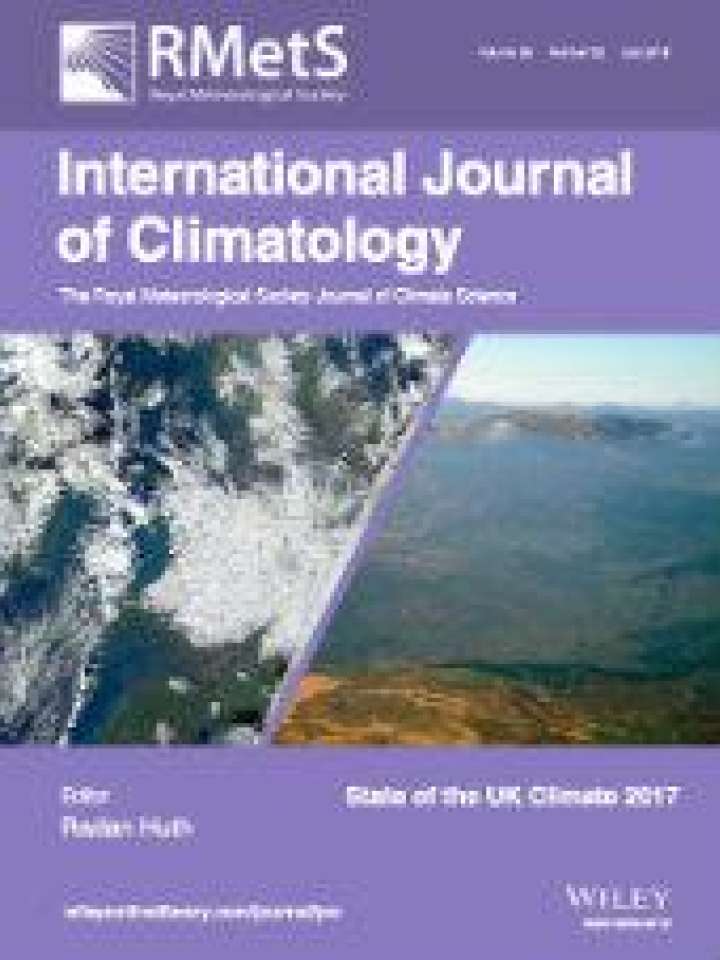State of the UK climate 2017
This report provides a summary of the UK weather and climate through the calendar year 2017, alongside the historical context for a number of essential climate variables. This is the fourth in a series of annual “State of the UK climate” publications and an update to the 2016 report (Kendon et al., 2017). It provides an accessible, authoritative and up‐to‐date assessment of UK climate trends, variations and extremes based on the most up to date observational datasets of climate quality.
The majority of this report is based on observations of temperature, precipitation, sunshine and wind speed from the UK land weather station network as managed by the Met Office and a number of key partners and co‐operating volunteers. The observations are carefully managed such that they conform to current best practice observational standards as defined by the World Meteorological Organization (WMO). The observations also pass through a range of quality assurance procedures at the Met Office before application for climate monitoring. In addition, time series of near‐coast sea‐surface temperature and sea‐level rise are also presented.
The report presents summary statistics for year 2017 and the most recent decade (2008–2017) against 1961–1990 and 1981–2010 averages. 2008–2017 is a non‐standard reference period, but it provides a 10‐year “snapshot” of the most recent experience of the UK’s climate and how that compares to historical records. This means differences between 2008–2017 and the baseline reference averages may reflect shorter‐term decadal variations as well as long‐term trends. These data are presented to show what has happened in recent years, not necessarily what is expected to happen in a changing climate.
The majority of maps in this report show year 2017 against the 1981–2010 baseline reference averaging period—i.e., they are anomaly maps which show the spatial variation in this difference from average. Maps of actual values are not displayed because these are dominated by the underlying climatology, which for this report is of a lesser interest than the year‐to‐year variability.
Throughout the report’s text the terms “above normal” and “above average” etc. refer to the 1981–2010 baseline reference averaging period unless otherwise stated. Values quoted in tables throughout this report are rounded, but where the difference between two such values is quoted in the text (for example comparing the most recent decade with 1981–2010), this difference is calculated from the original unrounded values.
Explore further
